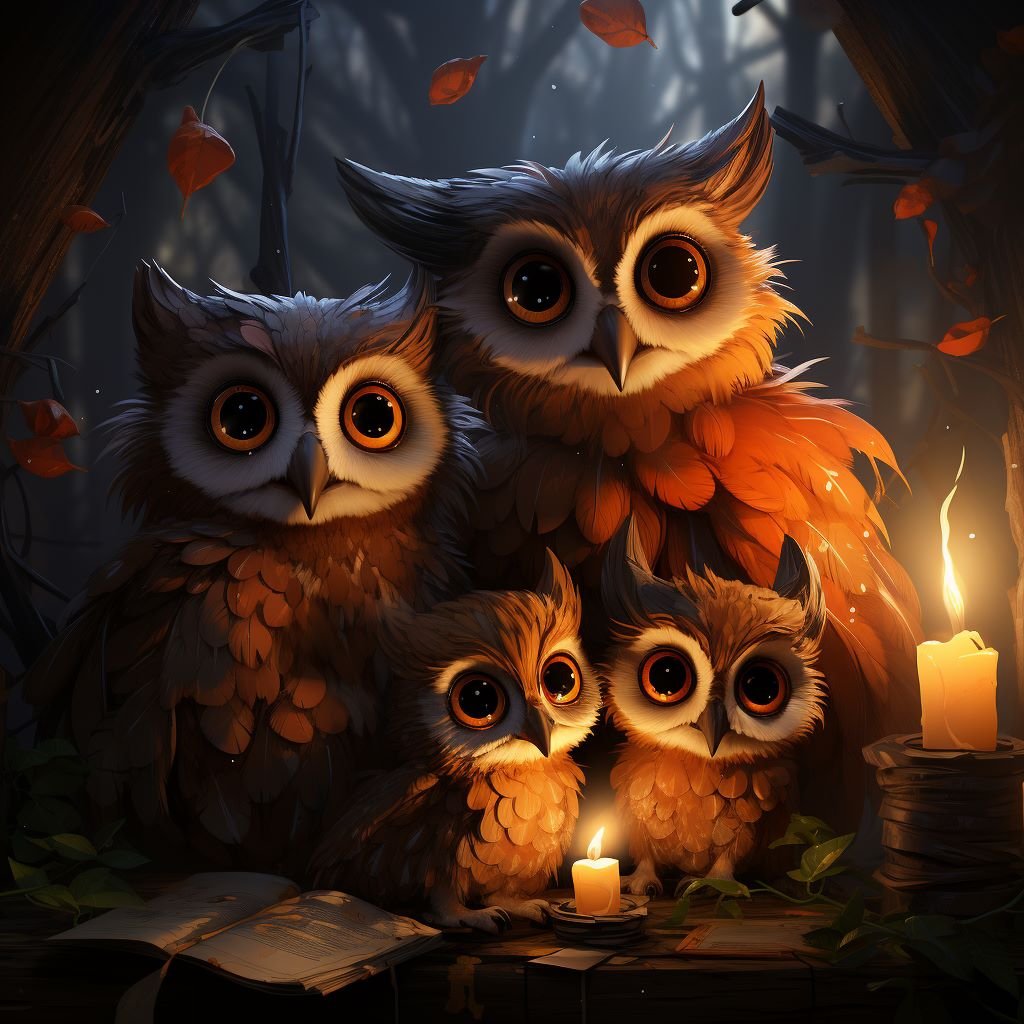Owls are some of the most fascinating creatures on the planet. With their large eyes, sharp talons, and silent flight, they are truly awe-inspiring. But owls are more than just beautiful birds; they also have a rich history and symbolism.
Owls in Ancient Egypt:
In ancient Egypt, owls were seen as symbols of wisdom and protection. They were often depicted in art and hieroglyphics, and they were even worshipped as gods.
Owls in Native American culture:
Owls also play an important role in Native American culture. They are often seen as messengers of the spirit world, and they are sometimes used in healing ceremonies.
Owls in modern culture:
Owls continue to be popular figures in modern culture. They are often featured in movies, TV shows, and books. For example, the owl Hedwig is a beloved character in the Harry Potter series. Owls are also often used as symbols of intelligence and wisdom in cartoons and comics.
Ancient Symbolism.
In many cultures, owls have been seen as symbols of wisdom, knowledge, and mystery. This is likely due to their large eyes, which are thought to represent their ability to see the truth. Owls are also known for their silent flight, which can be seen as a symbol of stealth and power.
Owls in Greek mythology:
In Greek mythology, the owl was sacred to Athena, the goddess of wisdom. Athena was often depicted with an owl on her shoulder, and she was said to be able to see the future through the eyes of the owl.
Owls in Norse mythology:
In Norse mythology, the owl was associated with the god Odin, the god of wisdom and war. Odin was said to have two giant owls, Hugin and Munin, who would fly around the world and bring him news.
Owls in Celtic cultures:
In Celtic cultures, the owl was seen as a symbol of death and rebirth. It was believed that owls could see into the Otherworld, and they were often used in rituals to communicate with the dead.
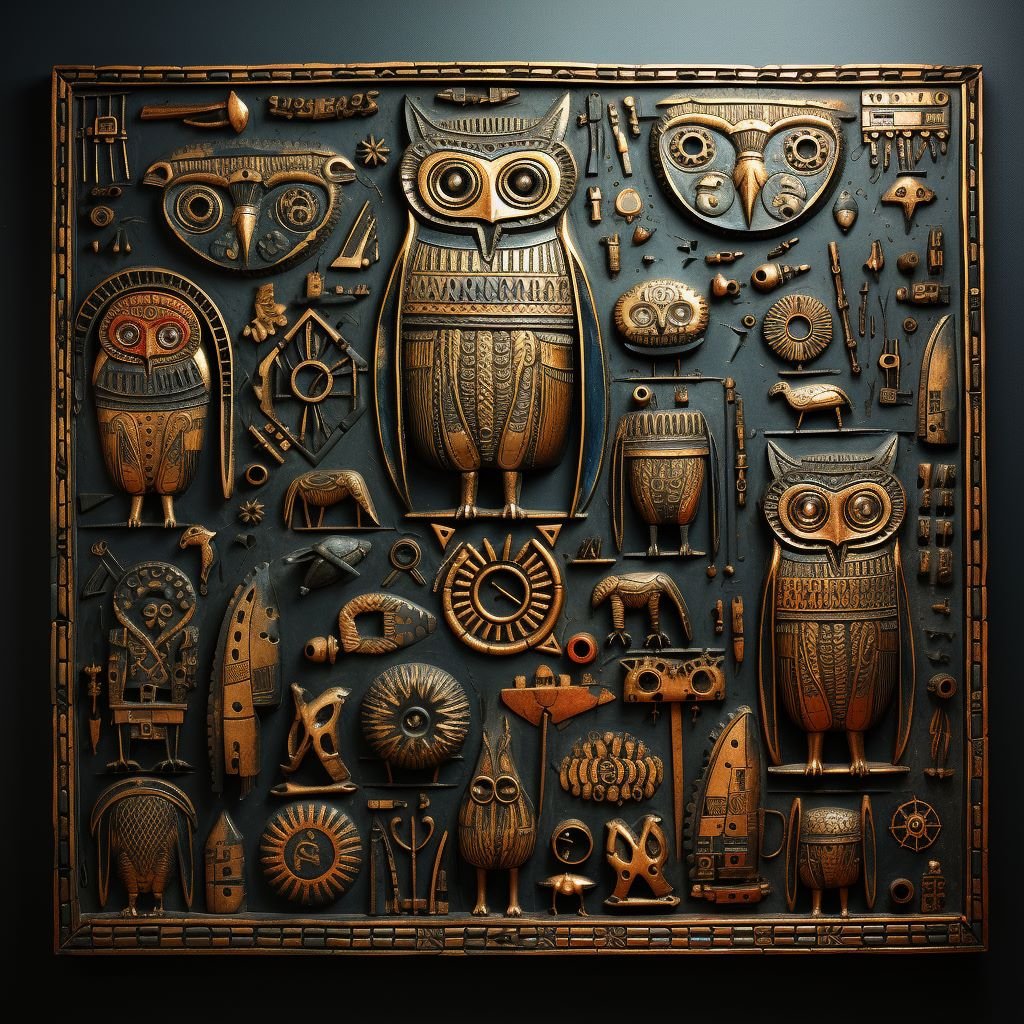
Modern Marvels.
In addition to their symbolic significance, owls are also fascinating creatures from a scientific perspective. They have some amazing adaptations that allow them to survive in the wild. For example, owls have incredibly good hearing, which helps them to locate their prey in the dark. They also have silent flight, which allows them to sneak up on their prey without being detected.
Owls’ hearing:
Owls can hear sounds that are too faint for humans to hear. They can also pinpoint the location of a sound with great accuracy. This is made possible by the asymmetrical placement of their ears. The ear on the owl’s left side is higher than the ear on the right side. This allows the owl to hear sounds from different directions and to pinpoint the location of its prey.
Owls’ flight:
Owls have evolved to fly silently. This is because their feathers are designed to reduce air turbulence. Owls also have a special way of flapping their wings that helps to reduce noise. This silent flight allows owls to sneak up on their prey without being detected.
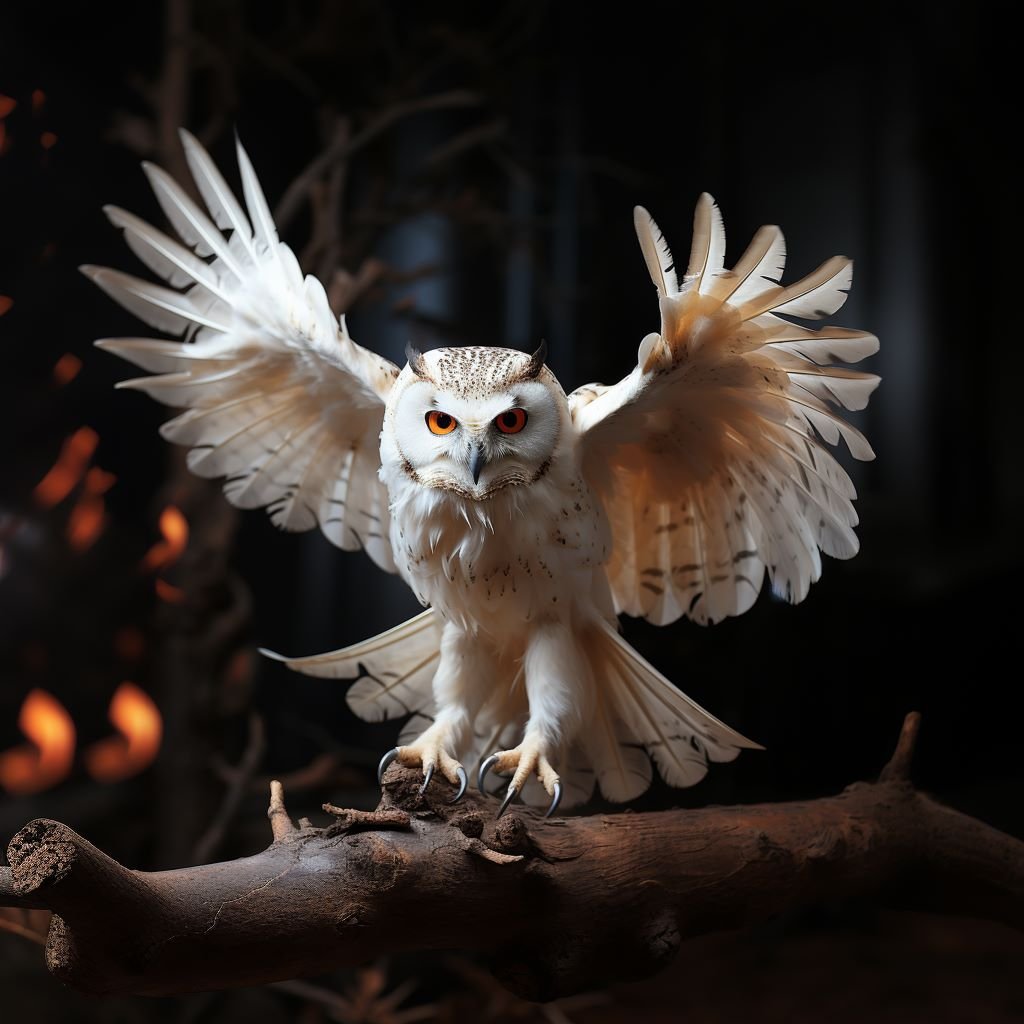
Owls in Pop Culture.
Owls have also become popular figures in pop culture. They have been featured in movies, TV shows, and books. For example, the owl Hedwig is a beloved character in the Harry Potter series. Owls are also often used as symbols of intelligence and wisdom in cartoons and comics.
Owls in Harry Potter:
The owl Hedwig is a beloved character in the Harry Potter series. She is Harry’s loyal companion and friend. Hedwig is also a very powerful owl, and she is often used by Harry to send messages.
Owls in cartoons and comics:
Owls are often used as symbols of intelligence and wisdom in cartoons and comics. For example, the wise old owl is a common character in many children’s stories. Owls are also often used as characters in superhero comics, where they are often depicted as being skilled in magic and stealth.
Owls as Pets.
While owls are fascinating creatures, they are not suitable as pets for most people. They require specialized care and attention that can be difficult to provide in a domestic setting. However, there are organizations that rescue and rehabilitate injured owls. You can support these organizations by volunteering your time or donating money.
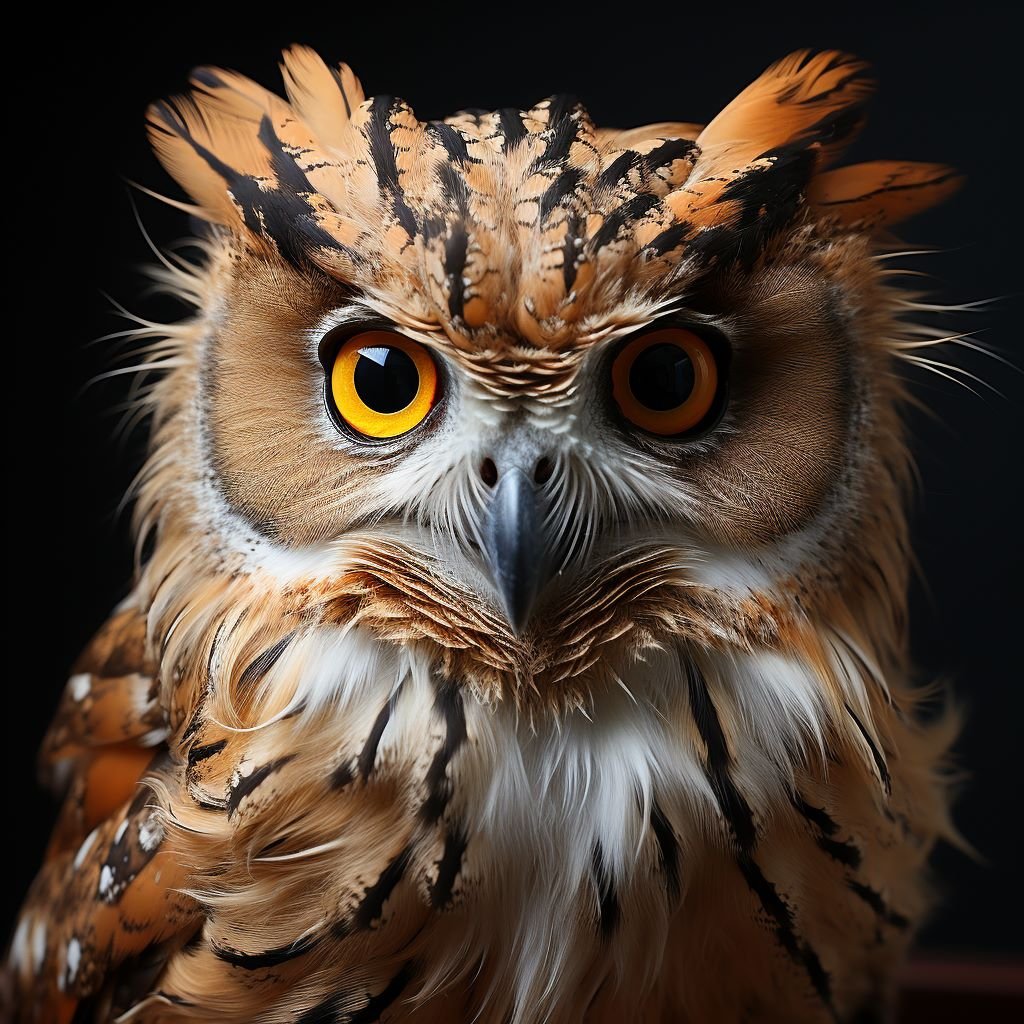
Owls in the Wild.
Owls are an important part of the ecosystem. They help to control populations of rodents and other small animals. However, owls are also threatened by habitat loss and hunting. It is important to do our part to protect owls and their habitats.
Owls’ diet:
Owls are carnivores and eat a variety of small animals, including mice, rats, rabbits, squirrels, and even bats. They also eat some birds and reptiles.
Owls’ habitats:
Owls can be found in a variety of habitats, including forests, deserts, and grasslands. They are most common in areas with plenty of trees and shrubs, where they can find food and shelter.
Owls’ threats:
Owls are threatened by habitat loss, hunting, and pollution. Habitat loss is the biggest threat to owls, as it reduces the availability of food and nesting sites. Hunting is also a threat to owls, as they are often hunted for their feathers and their meat. Pollution can also harm owls, as it can contaminate their food and water.
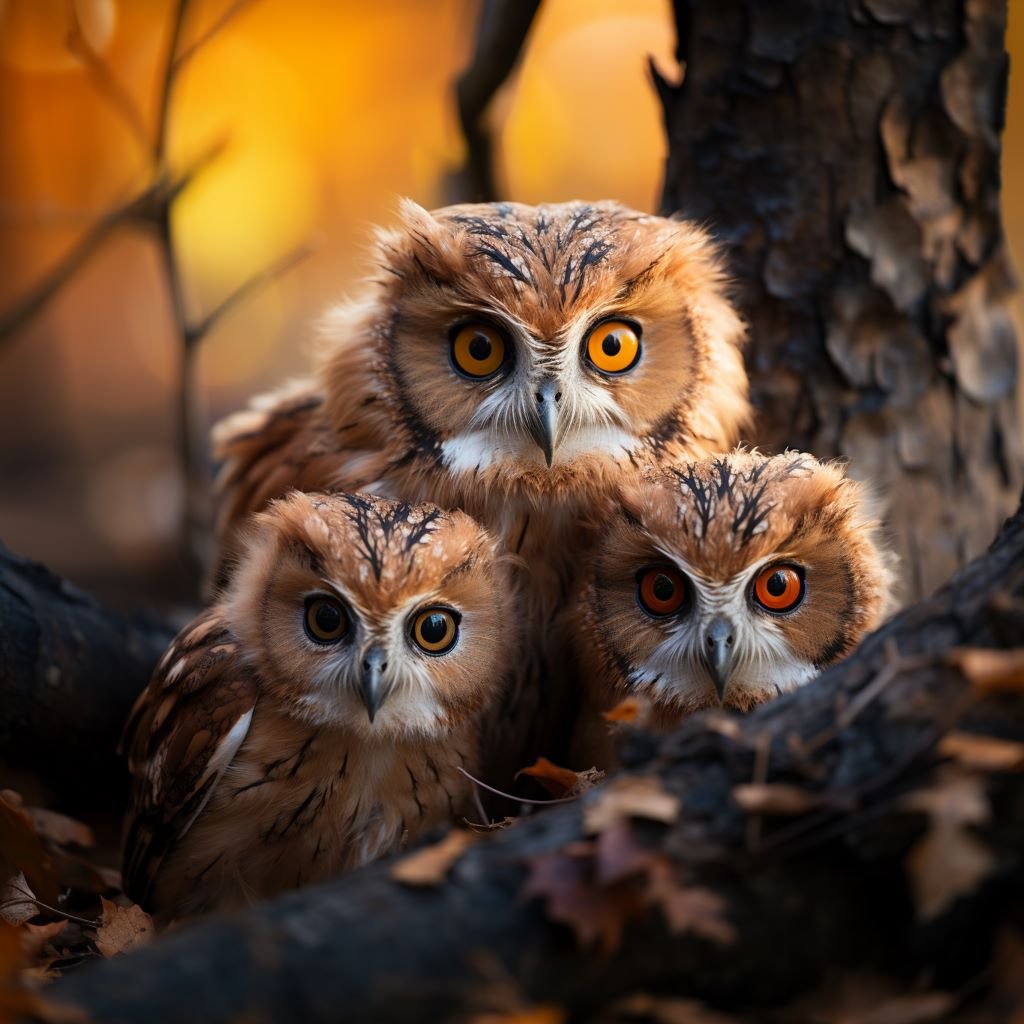
Additional Facts About Owls.
- There are over 200 species of owls worldwide.
- Owls are found on every continent except Antarctica.
- The smallest owl is the elf owl, which is only about 5 inches long. The largest owl is the Eurasian eagle-owl, which can have a wingspan of up to 7 feet.
- Owls have very good hearing. They can hear sounds that are too faint for humans to hear.
- Owls have silent flight. This is because their feathers are designed to reduce air turbulence.
- Owls are predators. They eat small mammals, birds, reptiles, and amphibians.
- Owls are solitary birds. They only come together to mate.
- Owls are long-lived birds. Some species can live for more than 20 years.
Funny Fact about Owls.
- Sneaky Silencers: Owls are the silent hunters of the night, thanks to their specialized feathers that reduce noise during flight. But imagine an owl trying to sneak up on a midnight snack, only to step on a twig with a comically loud “snap”!
- Wide-Eyed Expressions: Owls’ large, expressive eyes are a sight to behold. However, they can’t move their eyes within their sockets like humans can, so they have to turn their heads to see different things. It’s like they’re wearing permanent surprise masks!
- Dinner and a Show: Owls are carnivores, and they often swallow their prey whole. But what’s amusing is that they regurgitate indigestible parts, such as bones and fur, in the form of pellets. It’s like their version of a food review!
- Napping Ninjas: Owls are known for their nocturnal habits, but did you know some owls are active during the day as well? They’re the “early bird” owls, proving that even nocturnal creatures can occasionally enjoy a brunch date.
- Disguised Decor: The burrowing owl sometimes decorates the entrance to its burrow with animal dung. Yes, you read that right! It’s like they’re setting up a quirky welcome mat for visitors.
- Owl Karaoke Night: Owls are not exactly known for their melodic voices, but they do have a wide range of vocalizations. From haunting hoots to eerie screeches, it’s like they’re rehearsing for a woodland talent show every night.
- Impersonations Extraordinaire: Some owls can mimic sounds they hear, including human noises and even the calls of other animals. Imagine an owl in the forest going, “Hey, who turned off the lights?”
- Feathered Camouflage Catastrophe: Owls’ feather patterns help them blend into their surroundings, but sometimes their camouflage backfires. Picture an owl accidentally perched in front of a “No Birds Allowed” sign, oblivious to its hilarious choice of location.
- Owl Humor at its Peak: While these birds might not intentionally crack jokes, their quirky behaviors and unexpected antics provide endless amusement. It’s as if they’re reminding us that the natural world has its own sense of humor.

Conclusion.
Owls are truly fascinating creatures. They have a rich history and symbolism, and they are also amazing from a scientific perspective. If you are interested in learning more about owls, I encourage you to visit the resources listed below.
Please explore our store section for an array of owl-themed gifts that are perfect for owl enthusiasts and lovers of all things unique. Embrace the charm of owls and bring a piece of their mystique into your life today!
Resources.

